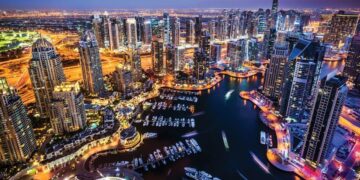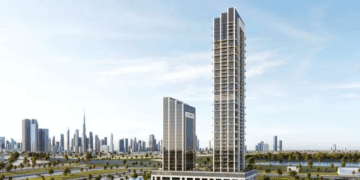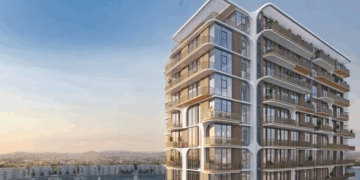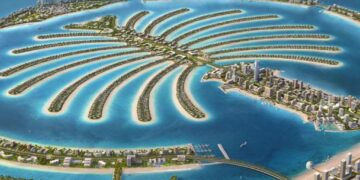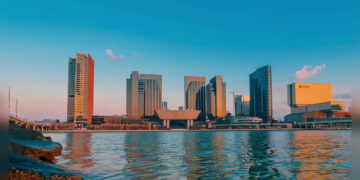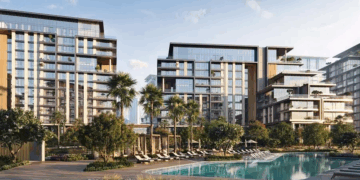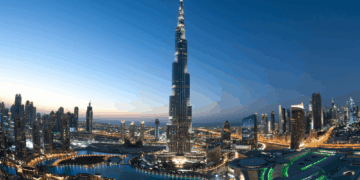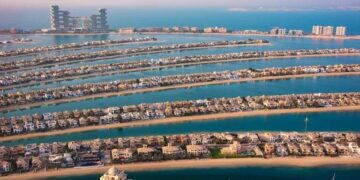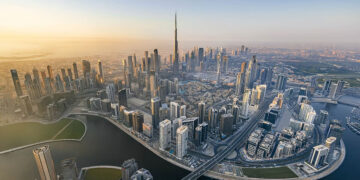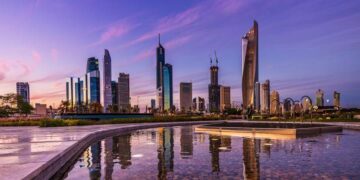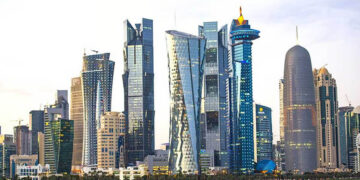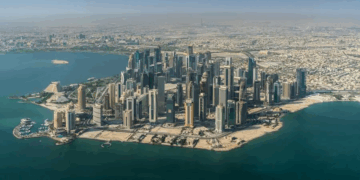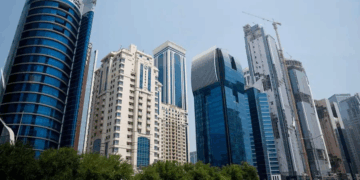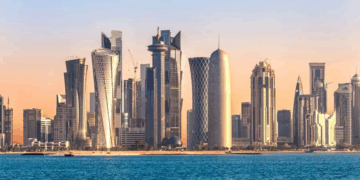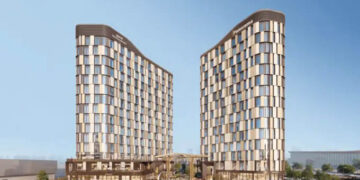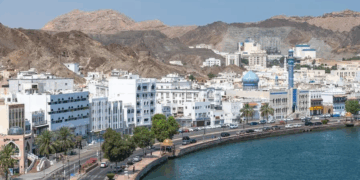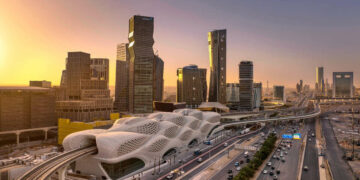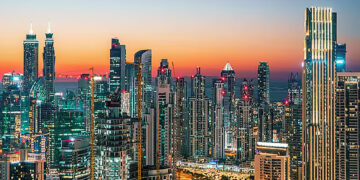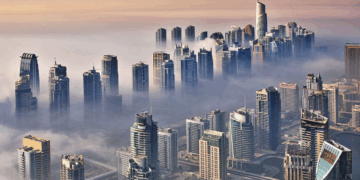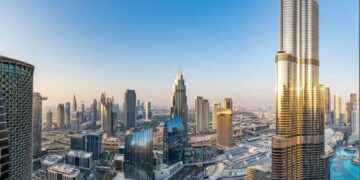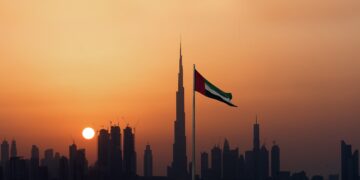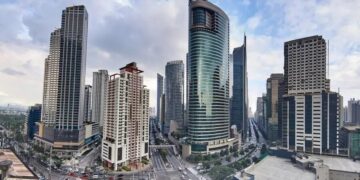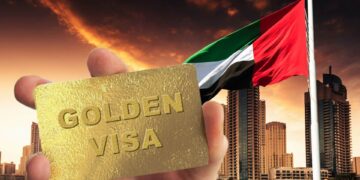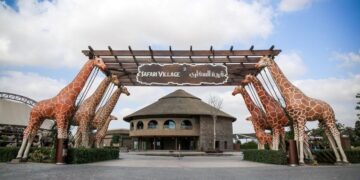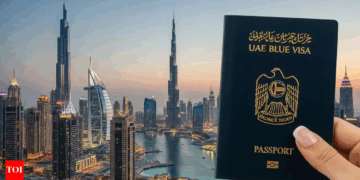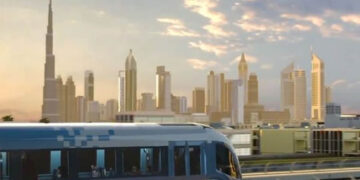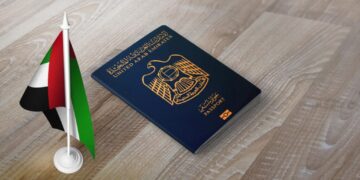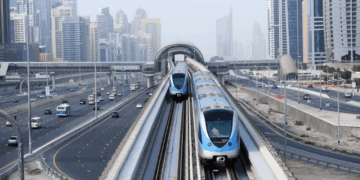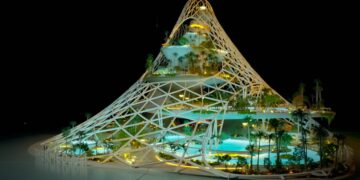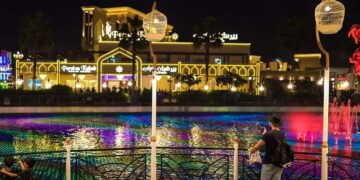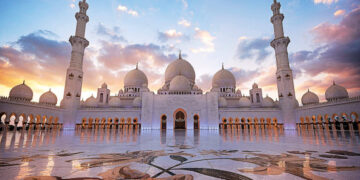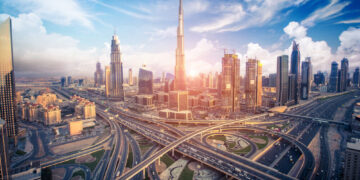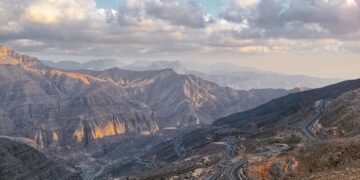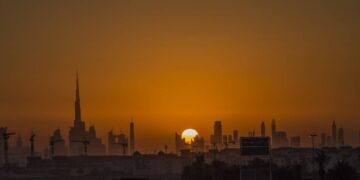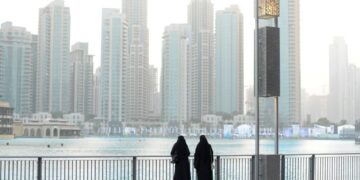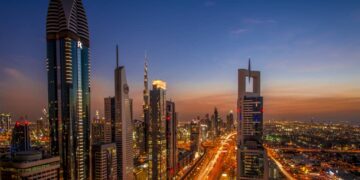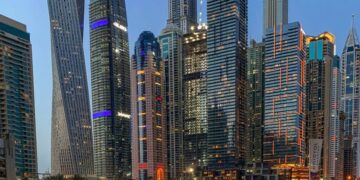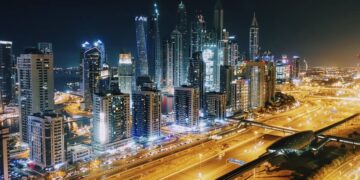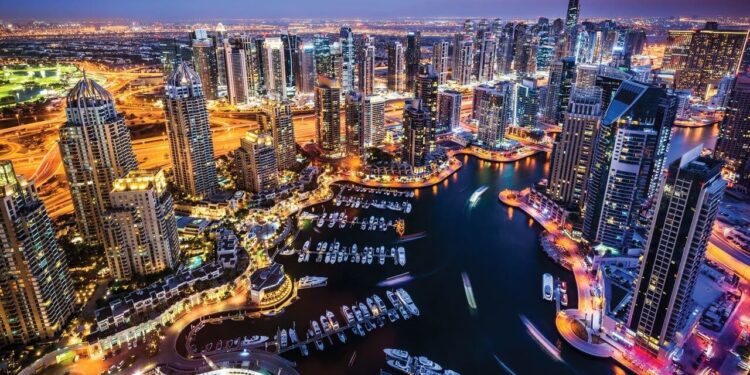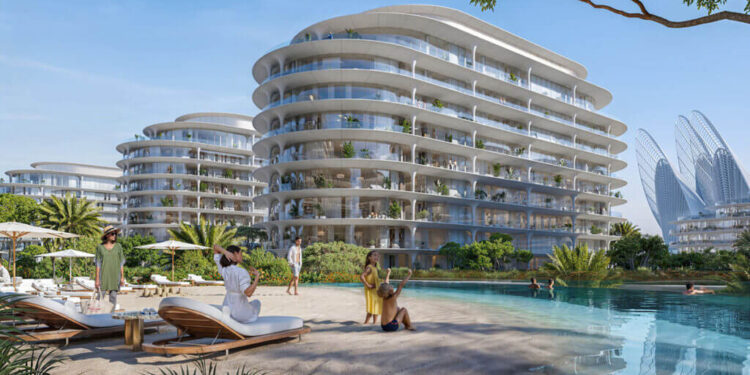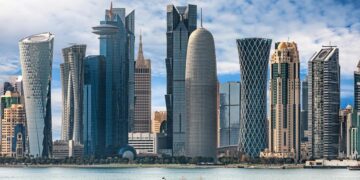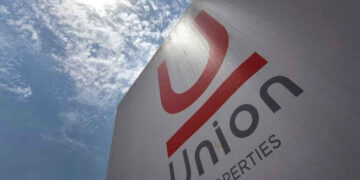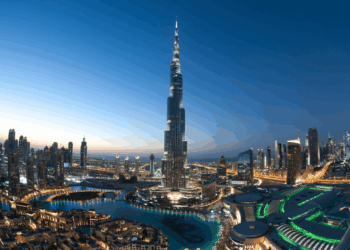According to a recent McKinsey & Company research commissioned by the Roads and Transport Authority (RTA), the emirate’s transportation and infrastructure developments have directly increased property prices in Dubai by up to 16%.
According to the report, one of the top factors influencing real estate appreciation is still accessibility to major highways and metro stations. The influence of better accessibility and shorter travel times on property demand was demonstrated by the gains achieved by neighborhoods connected to Dubai’s transportation system, such as Downtown Dubai, Dubai Marina, and Business Bay, which outperformed the market average.
In honor of the RTA’s 20th anniversary, the report was released to the public on Sunday. The Metro, the first of its type in the Gulf, lies at the heart of Dubai’s reinvention. By reducing travel distances by around 29.8 billion kilometers over the course of 16 years, the network has helped to improve mobility between residential and business regions and ease traffic. Over 100 kilometers are covered by the Dubai Metro and Dubai Tram.
The study also found that Dubai’s road system makes it easier to get to main locations within the emirate than is typical in similar cities around the world. Increased usage of public transportation and the Metro, along with less traffic and shorter commutes, has prevented over 9.5 million tonnes of carbon dioxide emissions over the last 15 years.
This reduction equates to a monetary value of “several billion dirhams when measured against global carbon credit trading rates and has also had a direct positive impact on public health by reducing respiratory and cardiovascular illnesses”, the RTA said.
By 2040, there will be 14 stations along the 30-kilometer Dubai Metro Blue Line, which would connect six important areas with a population of one million.
According to the report, Dubai’s expansion may be attributed to two decades of consistent investment in transportation infrastructure. The emirate has spent Dh175 billion on roads and transportation infrastructure since 2005, which has resulted in Dh150 billion in income and Dh319 billion in fuel and time cost savings. Property values increased by almost Dh158 billion as a direct result of improved connectivity during this time, while RTA’s projects added Dh156 billion to Dubai’s GDP.
The findings also forecast that RTA’s investments will yield an internal rate of return of 5%, with total cash returns expected to surpass Dh254 billion by 2050. The authority has characterized these figures as unusual in the global transportation sector. Additionally, RTA’s efforts have drawn about Dh32.4 billion in foreign direct investment over the last ten years, mostly in the areas of logistics, distribution, and transportation services.
The research also emphasized how cost-effectively Dubai delivers infrastructure. RTA constructed 829 km of road lanes on average each year, which is twice as long as the global average of roughly 400 km.
Mattar Al Tayer, Director General and Chairman of the Board of Executive Directors of the RTA, said the findings underscored how transport investments have become a catalyst for Dubai’s long-term growth. “Dubai is also preparing to enter a new era of sustainable mobility in 2026 with two world-first initiatives: the operation of autonomous taxis and the launch of the aerial taxi service, both of which will reinforce Dubai’s global leadership in future mobility.”
With a network of vertical take-off and landing stations planned to be built throughout the city by the end of the year, Dubai has started testing flights for its air taxis.
According to the report, RTA has started a program to test driverless taxis, with the goal of having 25% of Dubai’s total mobility come from autonomous vehicles by 2030.
